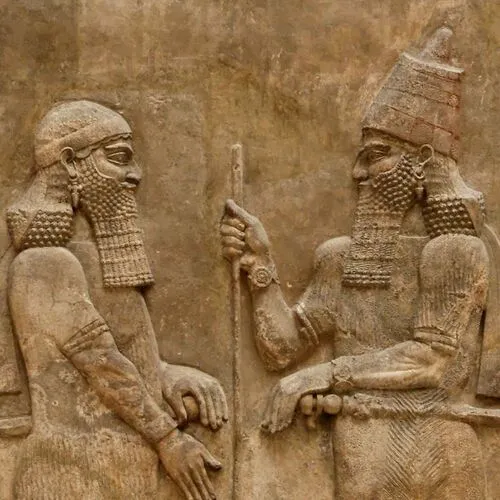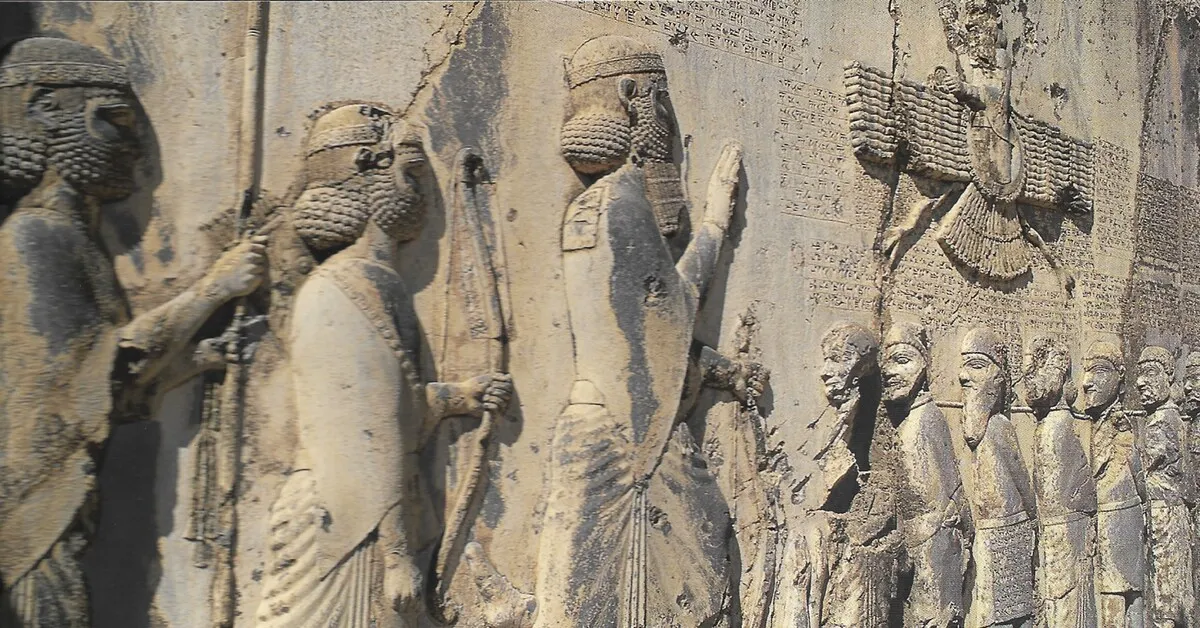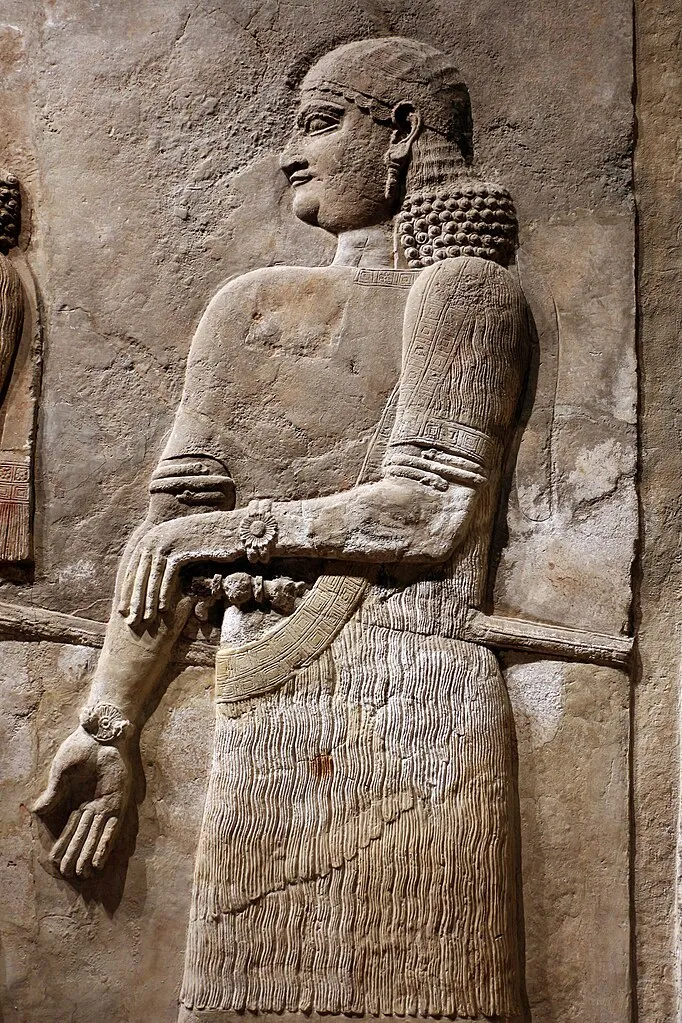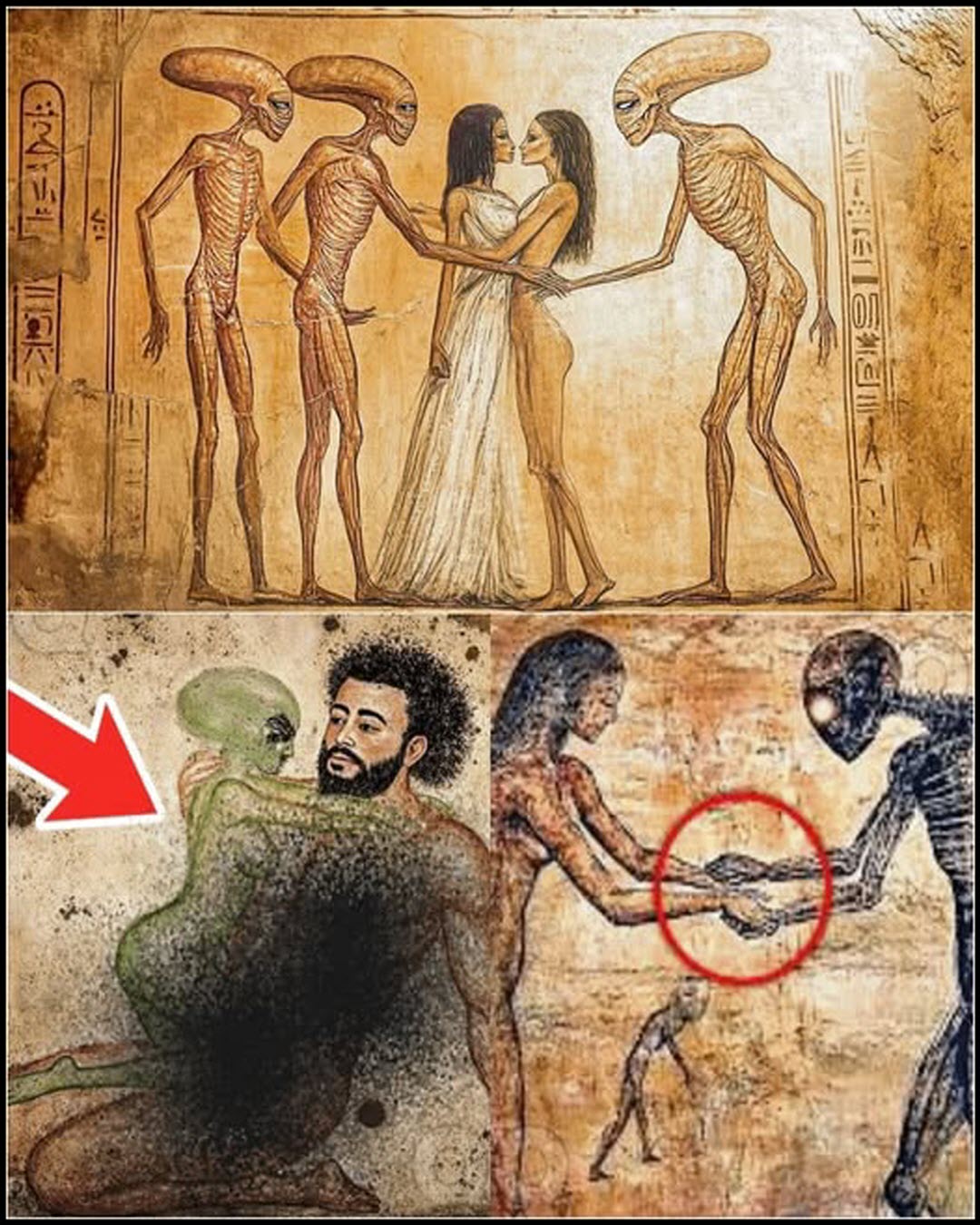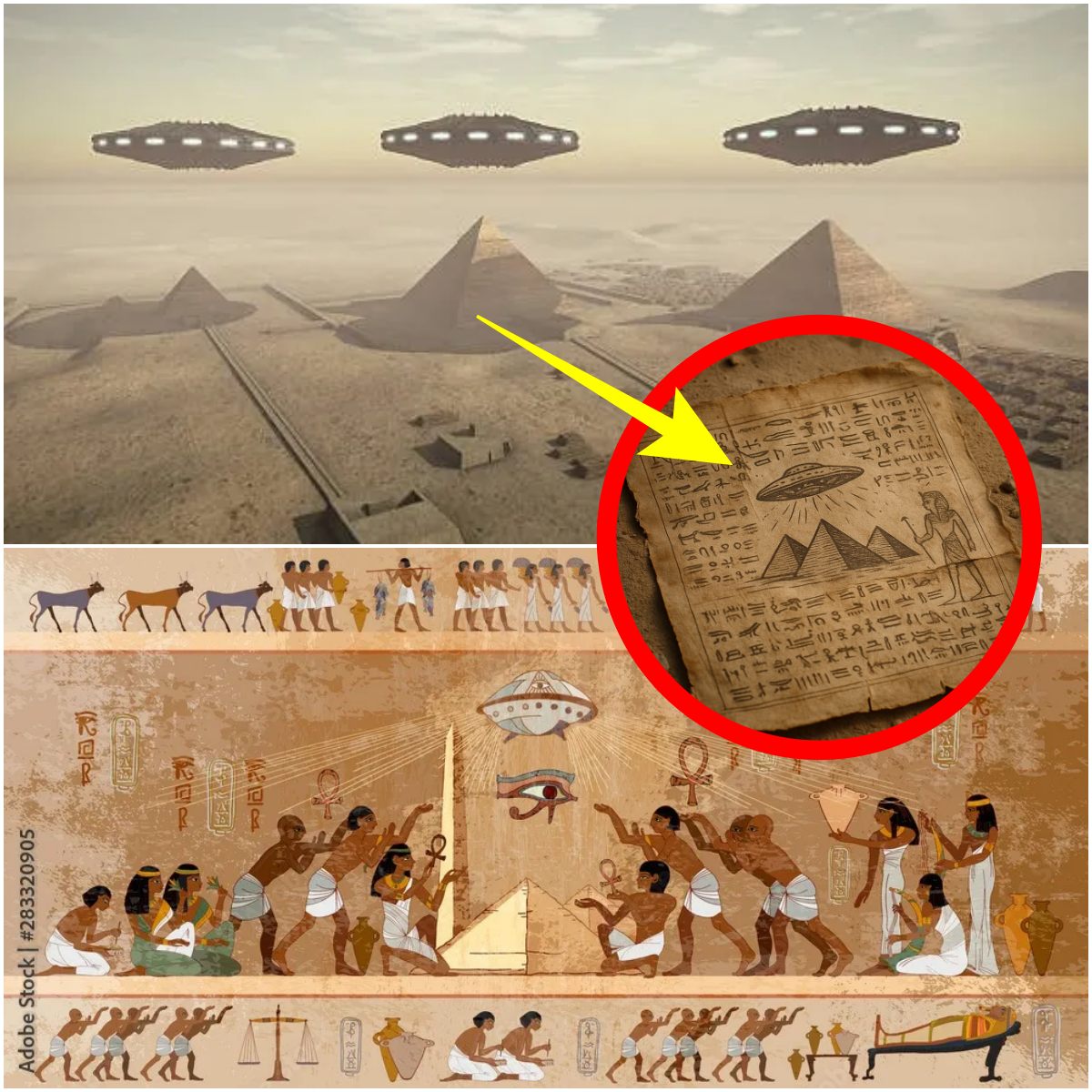Sumerian Statues of Gods: Astronauts or Ancient Imagination?
The art and mythology of ancient Sumer have long fascinated historians, archaeologists, and those intrigued by the possibility of extraterrestrial influence in early human civilization. Among the most mysterious aspects of Sumerian culture are their depictions of the Anunnaki, a group of powerful deities believed to have descended from the heavens. Unlike traditional representations of gods in many early civilizations, the Anunnaki are often illustrated with intricate helmets, elaborate garments, and what strikingly resembles advanced technology—raising questions about their true origins.
Sumerian reliefs, statues, and cylinder seals frequently depict figures adorned with what appear to be helmets with visors, breathing apparatus, and structured suits. These details bear a resemblance to modern-day space suits, leading to speculation that these beings were not simply mythical but could have been based on real encounters with technologically advanced entities.
Some scholars suggest that these visual elements were purely symbolic, representing divine authority or cosmic power. However, alternative theorists argue that the precision and consistency of these depictions across various artifacts hint at something beyond mere imagination. Could the Sumerians have encountered beings from another world, recording their presence in the best way they knew—through art and mythology?
The ancient texts of Sumer, particularly the Enuma Elish and the Epic of Gilgamesh, describe the Anunnaki as celestial beings who descended to Earth to govern humanity. Some translations of cuneiform tablets suggest that the Sumerians believed their gods came from a place called Nibiru, a mysterious “wandering planet” in their cosmology.
Ancient astronaut theorists propose that the Anunnaki might have been an advanced species that made contact with early humans, possibly influencing their development in language, agriculture, and even early technological advancements. If this theory holds any truth, it could explain why the Sumerians—among the earliest known civilizations—achieved remarkable advancements, including complex writing systems, astronomy, and large-scale architecture.
Interestingly, the depictions of the Anunnaki bear similarities to some carvings and statues found in ancient Egypt. Figures wearing structured headdresses, holding unknown devices, and positioned in rigid, authoritative stances suggest a shared influence or a common experience across these early civilizations. Could both cultures have been recording encounters with the same beings?
The statues in the image above, with their intricate, futuristic-looking designs, further fuel speculation that ancient civilizations might have had knowledge of—or even interactions with—advanced visitors.
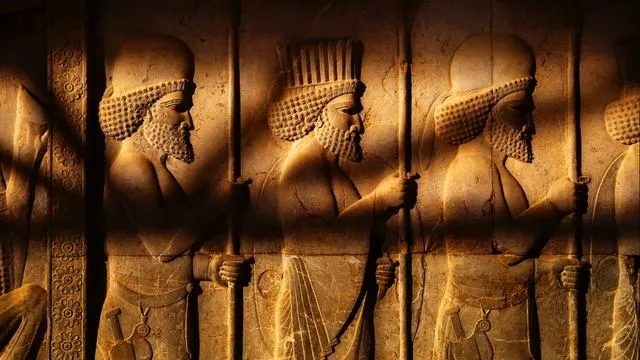
While mainstream historians interpret Sumerian depictions as purely mythological, the presence of seemingly advanced technology in their artwork continues to intrigue researchers. Whether the Anunnaki were divine figures, highly advanced humans, or extraterrestrial visitors, their legacy remains an enduring enigma that challenges our perception of ancient history.
Perhaps one day, as our own technology advances, we may uncover more definitive evidence to answer one of humanity’s greatest questions: Were we alone in the past, or were we guided by beings from beyond the stars?

